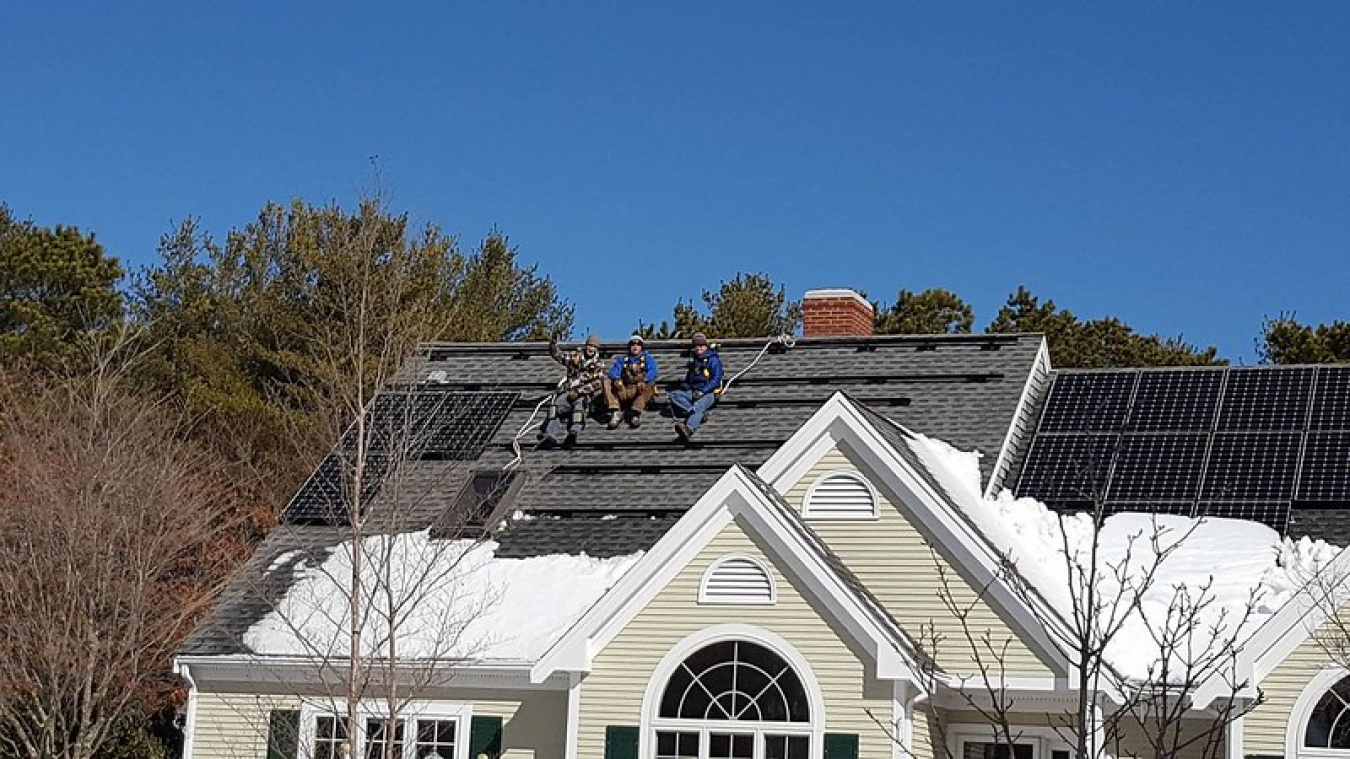
When it comes to installing solar panels on your roof, some homeowners may be hesitant to adopt it because of what they’ve heard or read on the internet. We live in an era of misinformation, which, unless we vigorously check our sources, can prevent us from living our best lives.
But fear not: The U.S. Department of Energy Solar Energy Technologies Office (SETO) is all about the facts. Let’s set the record straight so rumors and falsehoods don’t prevent you from reaping the benefits of solar energy. Here are some common myths and misconceptions:
Myth #1: Solar only works when the sun is shining. I still need power when it’s raining. Actually, solar technology can be leveraged in virtually any condition, including rainy and snowy days, because some sunlight still reaches the earth. Solar panels tend to perform best in cold and sunny climates because heat interferes with the conversion of sunlight into electricity. (Keep in mind that solar panels collect light, not heat.) On top of that, battery storage can be connected to your solar panels and provide energy at night. This is your clean-energy backup, as opposed to conventional backup generators—if the power goes out in your neighborhood, your power will stay on.
But the bottom line is, unless you’re among the tiny fraction of Americans who live more than about a mile from a power line, a home with rooftop solar panels is still connected to the electric grid. This means that if your solar energy system doesn’t supply enough electricity, the grid will supply the rest.
Myth #2: Solar panels aren’t efficient enough. Some customers hear that solar panels have an efficiency rate of 22% and wonder why it’s not 100%. Some sunlight will be reflected off the panel or be turned into heat instead of electricity. Solar cell materials also can’t absorb all the types of light that make up sunlight, like infrared light. The world-record efficiency for a solar cell at room temperature under normal sunlight is 39%, but these cells are too expensive to be cost-effective for home solar panels.
Truth is, the sun produces an enormous amount of energy—the sunlight that shines on the earth in just one and a half hours has more power than the world consumes in an entire year. With this huge energy supply, commercially available solar panels provide plenty of power to meet your home’s needs, at a cost at or below electricity provided by the grid in most parts of the country. But solar technology continues to advance and improve every year, thanks in part to research funded by SETO. If you wait for continued advancements, you may risk missing out on today’s plethora of solar incentives and tax credits, which come with expiration dates.
Myth #3: Solar is too expensive. While the cost of a residential solar system can range from $15,000 to $35,000, you don’t have to pay for it all at the time of installation. There are several solar financing option that allow you to pay over time, plus local, state, and federal tax incentives and rebates to offset the costs. And solar panels require little ongoing maintenance—they are durable and reliable. If you live in a dusty environment, you may want to clean them once a year to maximize power output, but that’s about it. As demand for solar energy continues to grow, SETO is working to ensure the costs keep declining.
Myth #4: I don’t own my house, so I can’t go solar. If you rent your house or live in an apartment building, community solar programs enable you to take advantage of solar energy. Community solar programs allow multiple people to benefit from a single, shared solar array. These arrays can be installed on your building or off-site. Purchasing costs and the installation of the solar energy system are then divided among all of the participants. Then everyone can buy into the shared system at a level that best fits their budget.
**
It can be challenging to make tough decisions about going solar with so much conflicting information floating around. Rest assured, the Solar Energy Technologies Office provides resources and trustworthy information.
Ready to take the plunge and get solar energy? Check out our Homeowner’s Guide to Going Solar to learn about how to get the process started.
This blog post is part of the Energy Department’s Summer of Solar campaign, which lifts up stories of the diverse Americans who use solar energy and the communities that are making it easier to go solar.

